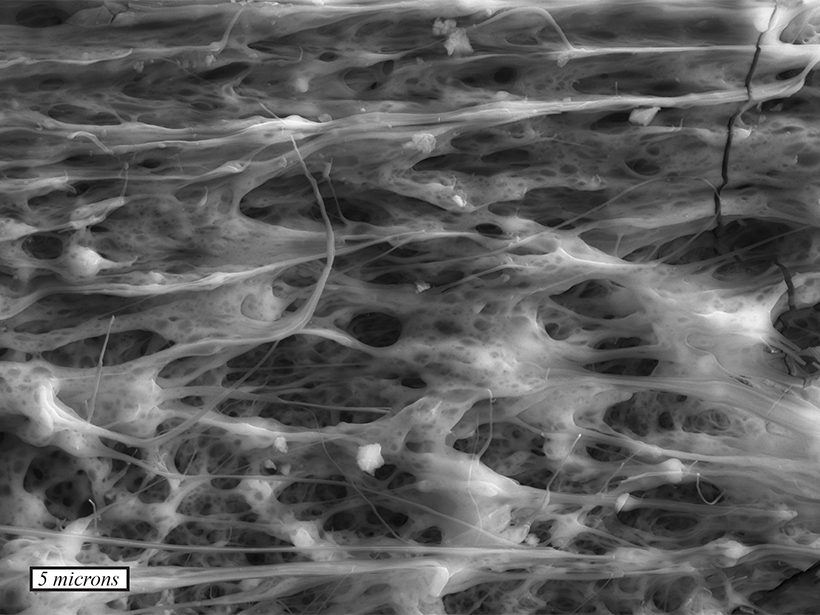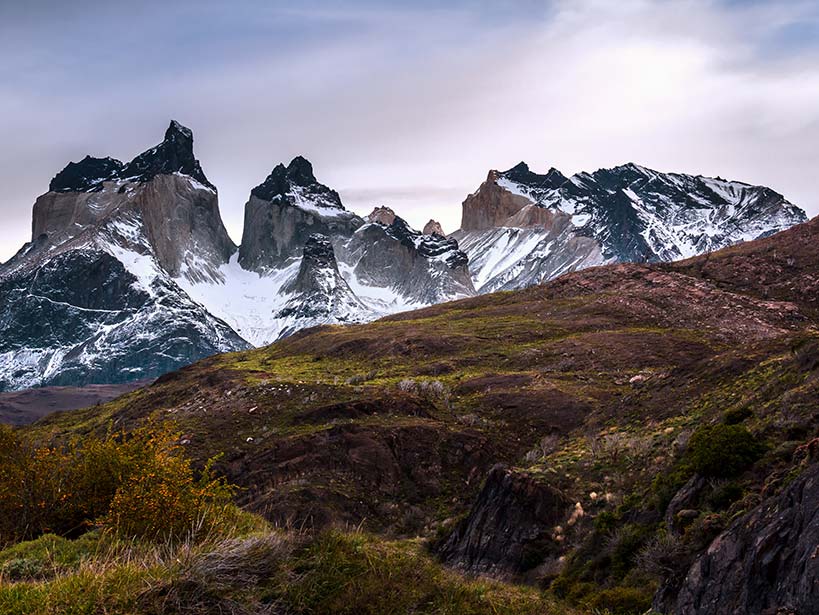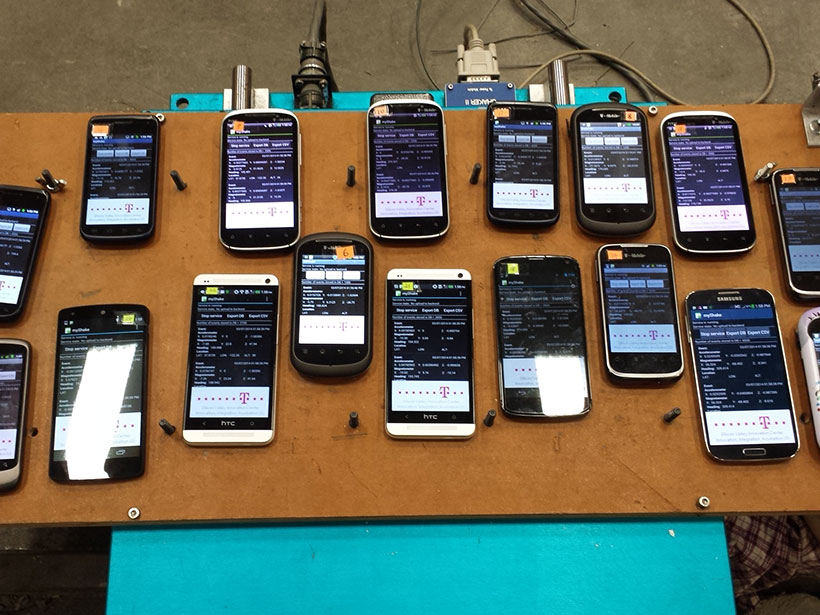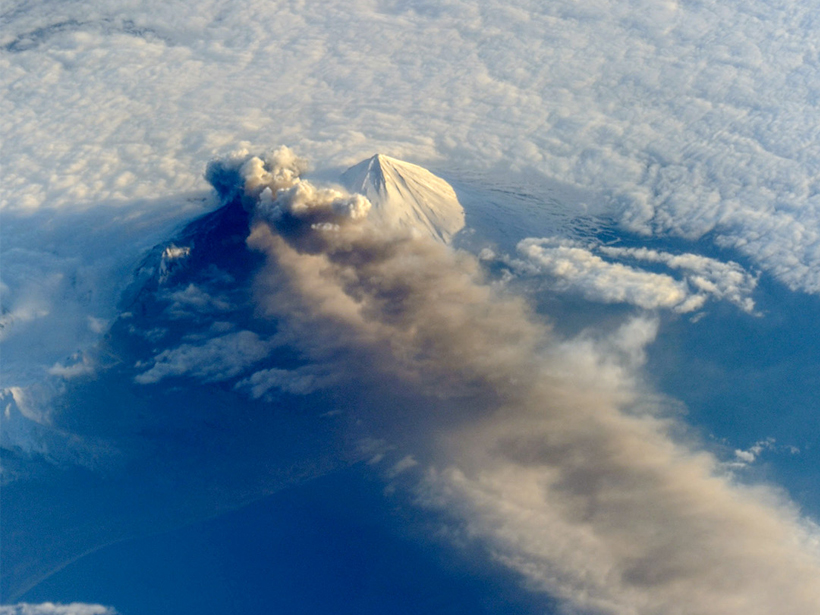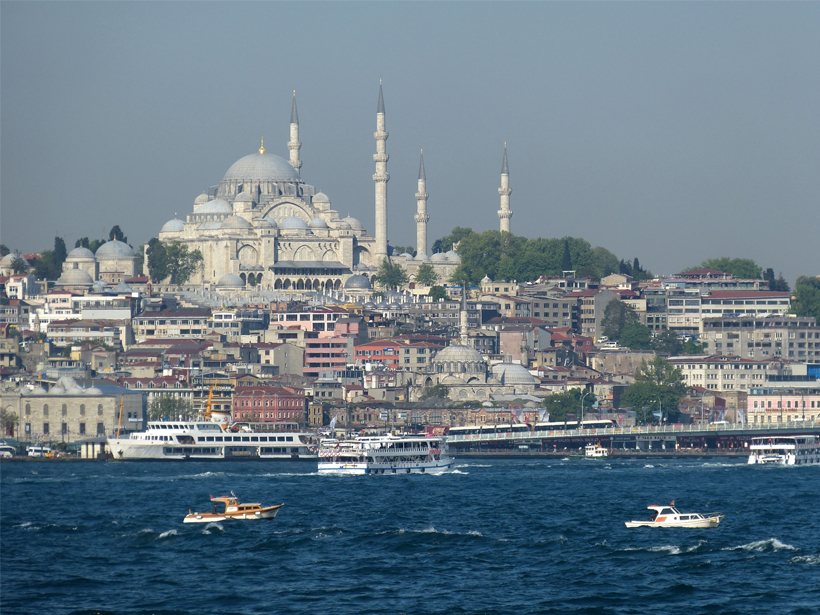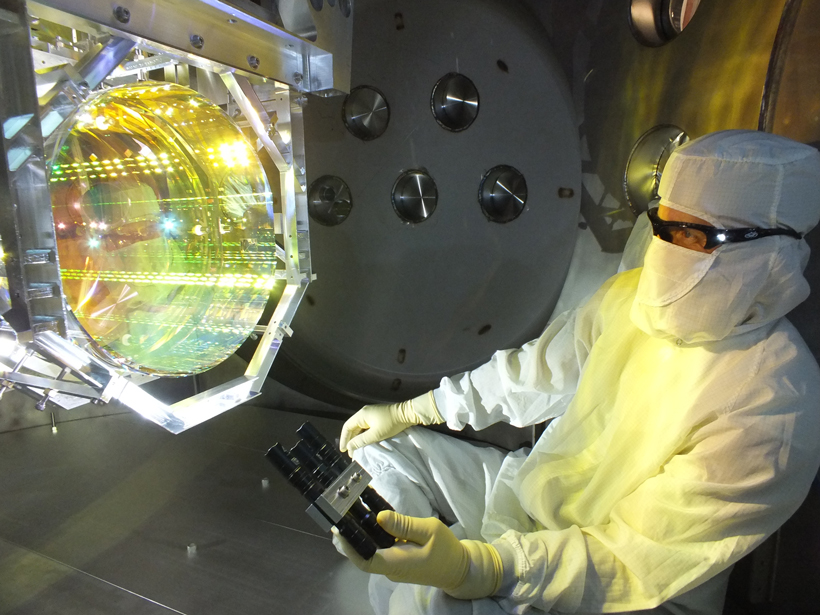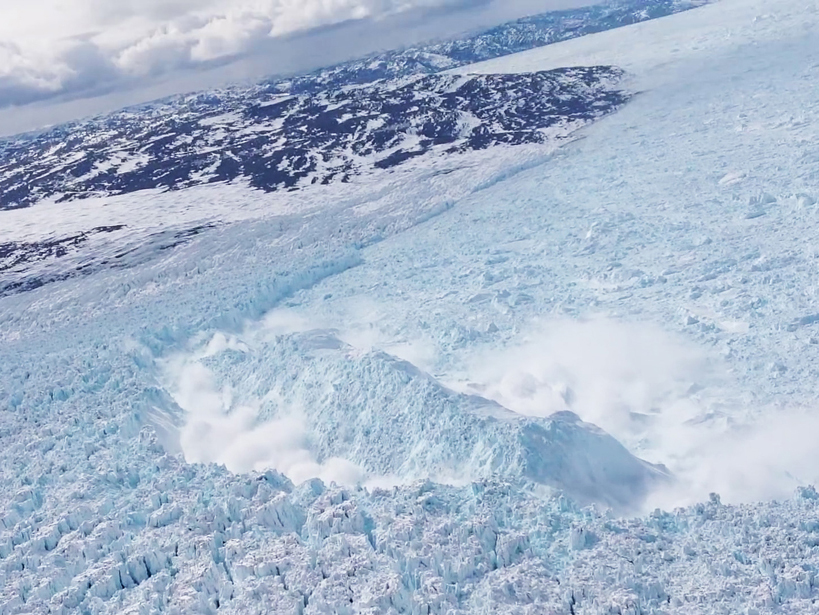Last August, stations on a newly deployed permanent ocean floor observation network recorded rarely seen, very low frequency signals from shallow earthquakes.
seismology
Flash Heating May Lubricate Rubbing Rock Faces in Earthquakes
A new laboratory study examines the small-scale physics at play as two pieces of granite are smashed together in a scaled-down version of a real earthquake.
Extending Recent Seismic Imaging Successes to South America
Ambient Noise Tomography Workshop (MIMOSA); Tucson, Arizona, 17–23 January 2016
A Hole in Earth’s Surface
Research shows that a broken lithosphere underneath the island of Hawai'i could explain the island's patterns of seismic activity.
Crowdsourced Seismology
The seismologists of the world want to turn you into an earthquake detector.
Sound Waves Help Scientists Track Volcanic Eruptions
When sound waves hit the ground, they shake seismometers like earthquake waves. Scientists can now use these sound-induced seismic waves to investigate volcanic activity.
Variable Mantle Lies Below Ancient Pieces of Earth's Crust
Underneath old and stable pieces of Earth's crust in North America, the mantle's uppermost portion contains multiple layers that change the velocities of seismic waves.
Characterizing the Fault Beneath the Marmara Sea
Researchers mine seismic wave data to elucidate the stress relief system of the Main Marmara Fault beneath Turkey's inland sea.
Seeing the Gravitational Waves, Despite the Seismic Waves
For detectors to sense the minute jolt of a gravitational wave announced last week, savvy geophysicists and engineers had to keep Earth's tiniest jiggles from reaching ultrasensitive instruments.
Seismic Clues Reveal the Mechanisms Behind Iceberg Calving
Scientists combine models and video footage of iceberg calving to analyze the potential of seismology to unravel physical processes behind the breakup of ice sheets.


